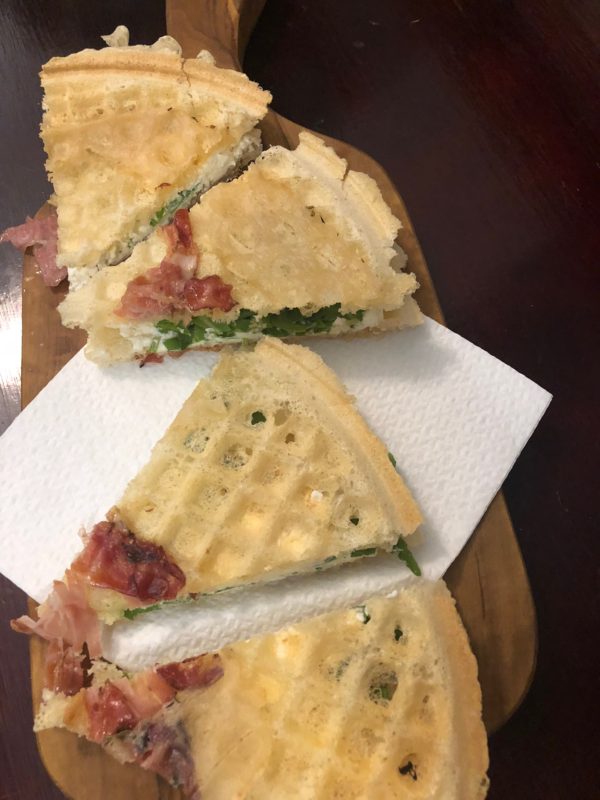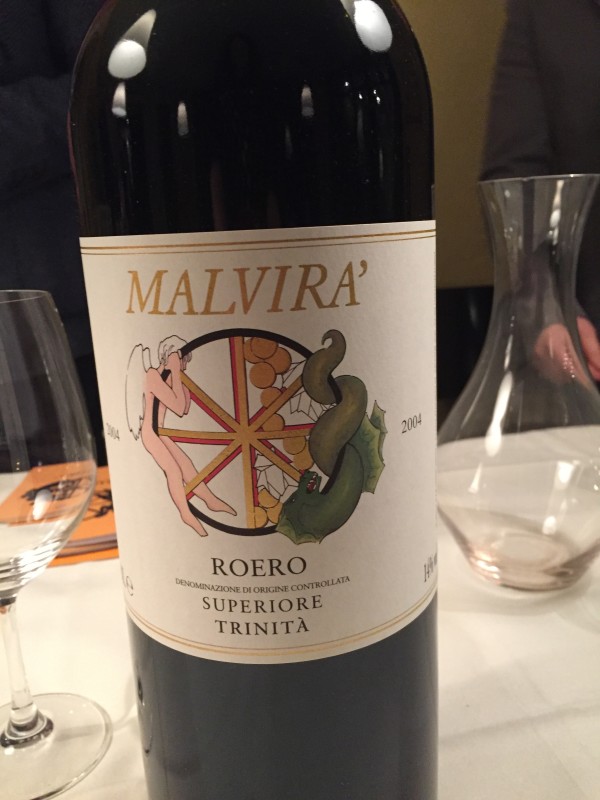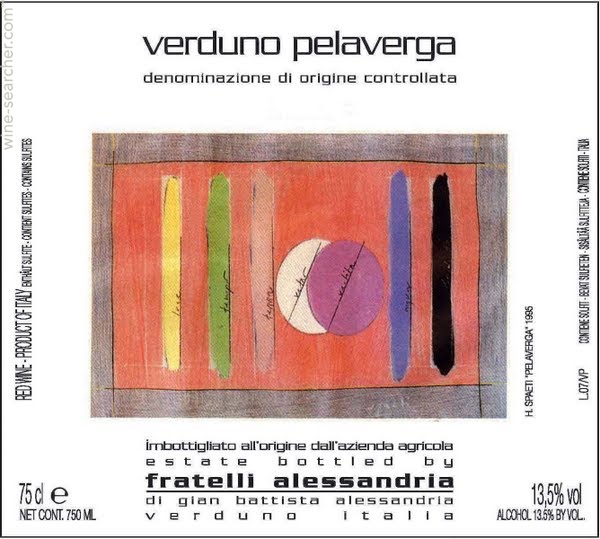Visit Turin - Where to Eat Drink and grab a Gelato
/by: Amanda
Torino (Turin) is the birthplace for many things, because of the love and curiosity of exotic foods from the Savoy family, it was the first city to import Chocolate, the creators of the Grissini (bread stick), and the parliament who united Italy. But one thing that when visiting Italy you will notice a very sacred time of the day (between 6 until 8) called Aperitivo. Thanks to Turin this too was the first place to take on this Aperitivo culture. It all started out as Turin is a Theater city and while the people getting out of work rather late, in order for them to make it to the theater in time, they went out for a drink and a small bite just enough to hold them until after the show. In those days it was common to enjoy a glass of Vermouth, or a cocktail with the base of Vermouth (Negroni, Americano, etc)
With that said here are some great places to have a nice Aperitivo
Piazza Castello 15
Tel: +39 (0)11 547 990
This is the place where the Aperitivo started. They were also inventors of the Tramezino. My recommendation for this place is to grab a table, order up a nice glass of Vermouth over ice and snack on the classic Tramezino bite size sandwiches.
Rosso Rubino Enoteca Enotavola
Via Madama Cristina 21
Tel: +39 (0)11 650 2183
What could be better than enjoying a glass or a bottle of wine in a WINE SHOP, Nothing!! This place is small and hip and the staff is passionate and knowledgable. They have a crazy amazing selection of bottles to bring home too!
Piazza S. Carlo 204
Tel: +39 (0)11 545 118
In Torino there are a lot of historical bars but this one is located in front of the twin churches underneath the historic galleries in Piazza San Carlo. You can take a table outside and enjoy people watching in this historic Piazza.
Via Giovanni Amendola 8
Tel: +39 (0)11 440 7291
This place has style and class. Fun Fact: Piemonte is the largest Champagne consumer in Europe outside of Champagne. So if you are having a bubbles craving head over here for a glass and a plate of some of Piemontes finest Prosciutto.
Snack Street foods
Via San Tommaso 7
Tel: +39 349 392 6090
Hidden down one of Turin’s little sleep side streets, you have a place who decided to take a traditional country side street food and move it into the big city of Torino. You will never guess what it is. A waffle cooked very thin with a crunch made into a sandwich. I recommend trying the house speciality Gofre della Casa.
Via Giuseppe Luigi Lagrange 11
Tel: +39 (0)11 562 9244
This is a great place to sit outside and watch all the people go by while snacking on your favorite type of Focaccia. If they have the Reco you must give it a try.
Via Sant'Agostino 25
Tel: +39 (0)11 521 6027
You must try their homemade Agnolotti del Plin with roast sauce (sugo d’arrosto)
For a great casual meal
Via dei Mille 10
Tel: +39 (0)11 287 6272
Here you have a clean and modern setting of a restaurant with good traditional food and a solid wine list.
Closed Sunday and Monday
Via Monte di Pietà 23
Tel: +39 (0)11 276 7661
This place is a bit more hip and young, where you can taste some not so familiar local Piemontese grape varieties by the glass. Being a part of Slow Food they are very conscious of the food products they are using but are not afraid to be a bit creative.
Closed Saturday lunch and Sunday all day
Via Corte d’Appello 6
Tel: +39 (0)11 436 9551
You come here for some great traditional rustic no fuss dishes. The food here will never disappoint and you might get lucky to be serenaded with some traditional Piemontese music during your meal.
Closed Monday and lunch time during the week, Saturday and Sunday they offer lunch and dinner services.
*Save room for dessert and other sweet things!
Gelato
Via Claudio Luigi Berthollet
Tel: +39 (0)11 076 9557
I do not get up to Torino as much as I would like but to curve my craving for this gelato place I am lucky they have a sister store in Alba. The best flavors to get are zenzero (ginger) and strawberry or the Marotto (gianduja).
Corso Stati Uniti 6/c
Tel: +39 (0)11 1950 4221
I don’t need to say to much as the name says it all, but this gelateria was voted the best gelateria in Torino by receiving 3 cones from Gambero Rosso
Corso Vittorio Emanuele II 24 bis
Tel: +39 (0)11 839 0879
Artisanal and delicious the creamy scoops that are made fresh daily are worth a visit in itself. Some flavors to try are the Pistachio, Hazelnut, and the Torrone.
-
As I keep going on and on about how Turin was the first of many places to do things or to invent things, because the kingdom of Savoy was very much interested in experimenting with foreign products they were the first city in Europe to start to work with chocolate.
A fun little fact: when one of the many wars during the time of Napoleon, had blocked the Savoy Kingdom’s chocolate importation the city of Turin's chocolateers were in need of finding a way to use less of this precious product. They were forced to create something that would help to stretch out the dwindling chocolate supply. Luckily Piemonte is also famous for the quality of its Hazelnuts and close by to Turin you have the heavily planted slopes in the Roero where some of the worlds best and most flavorful hazelnuts grow. The Nocciola tonda Gentile they are called are noted for their smaller nut and rich flavor. Chocolate + Hazelnuts, from these two ingredients in 1886 Gianduja was born. Today many different chocolate places make these wonderful little pointed ingot shaped treats. Some not to pass up.
Piazza Castello 27/29
Located in the historic galleria Subalpina building built in the late 19th century you will be very impressed by how amazing this structure is. If you have some time you wohsl stop to have a coffee and admire one of the oldest most prestigious caffè houses Torino has to offer.
Maria Vittoria 27/C
A small artisanal chocolate producer who offers an in house tasting where you are able to go through a bit of their different types of chocolates so you know which ones you would like to buy.
Via Giuseppe Luigi Lagrange 1
Great quality chocolates and a bit more well known in the area of Piemonte. Here you can stop in when you would like and try their different chocolates they have for sale that day or if you would like you can order up a tasting where they will prepare and array of different flavors and chocolate types.
If you need some more great gelato places in the area of Turin or surrounding towns you can check out my post about my Top 10 Gelato places in Piemonte
If you would like to plan a small vacation in the Torino area I consider checking out a guest post from Patty with her Three day stay in Turin for Foodies



































